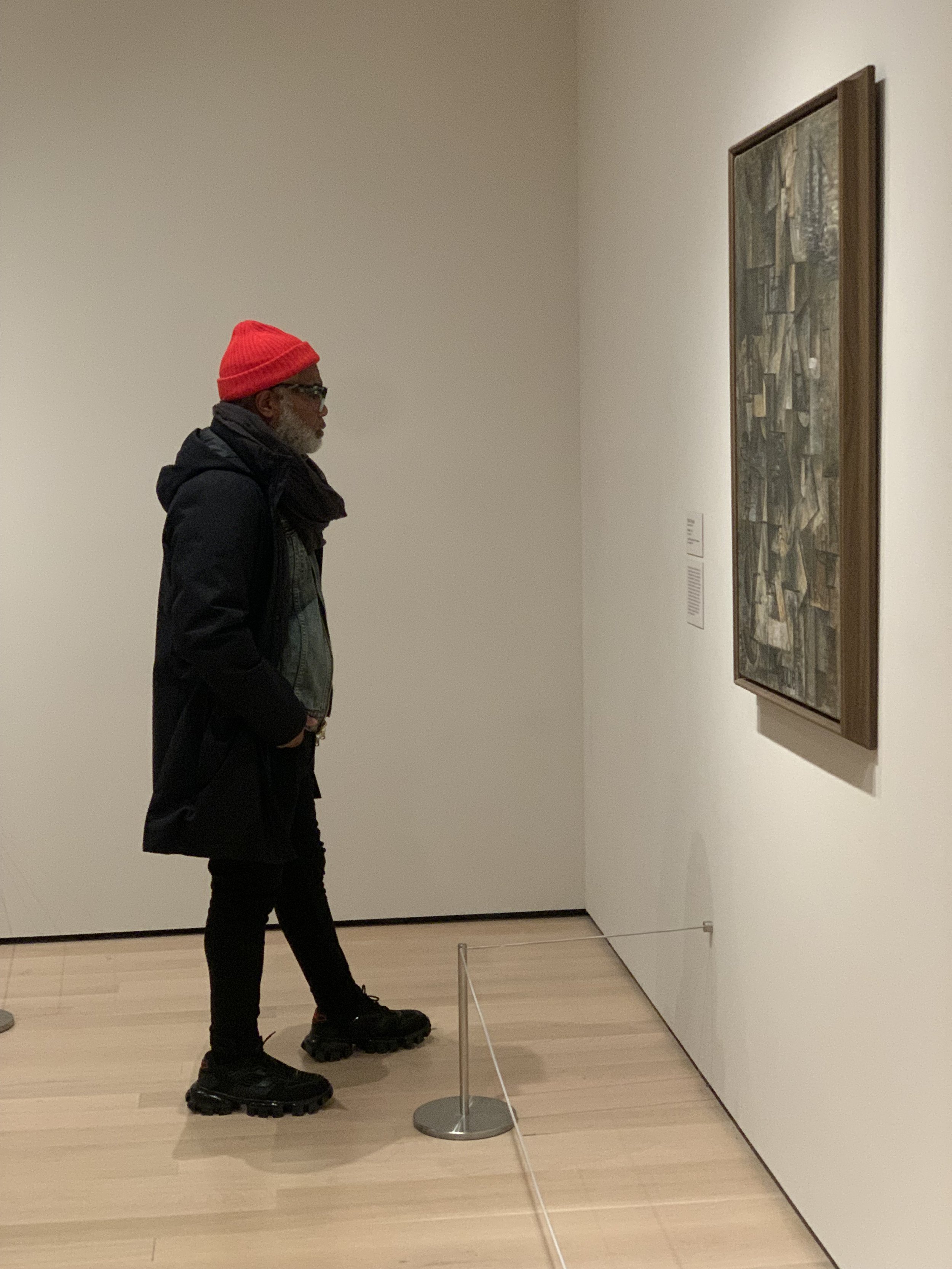Join the next MUSEUM MEDITATION EXPERIENCE.
You’ll never see art the same way again.
The MUSEUM MEDITATION EXPERIENCE
is a 2 hour small group journey, curated by
Gene Seidman, in which art-lovers are guided
to connect to art in a uniquely powerful way.
Participants are invited to have a transformational experience while in the presence of great beauty.
ENGAGEMENT GUIDLEINES:
1. MEET + GREET
2. WALK + CHOOSE
3. LOOK + SEE
4. FEEL + SHARE
TEXT +1 917-597-2970
to join the next Museum Meditation Experience
As much as I thought I knew about art, having worked in the industry, Gene’s Museum Meditation Experience has given me a more personal appreciation and insight into each piece that I view. Seeing artwork through this new lens will have a profound impact on how I represent an artist’s work.
Yves, Art-lover / MoMA, New York
The key difference between
looking and SEEING is AWARENESS.
Gene guided me in seeing art in a completely new way.
The experience was magical.
Kate S, Art-lover, with a Frida Kahlo painting. Dali Museum, St. Petersburg, FL
Looking at art has significant neurological benefits,
while contributing to improved cognitive functioning, stress-reduction, enhanced memory, creative thinking and overall emotional well-being.
A Museum Meditation Experience group photo.
MoMA, New York
Stendhal syndrome, is a psychosomatic condition involving rapid heartbeat, fainting, even hallucinations occurring when individuals become exposed to objects, artworks, or phenomena of great beauty. Stendhal syndrome was named after the French writer, Marie-Henri Beyle (1783–1842), better known by his pen name, Stendhal, who described his experience with the phenomenon during his 1817 visit to Florence in his book Naples and Florence: A Journey from Milan to Reggio. It is also known as having an “ART ATTACK.”
It was most definitely an eye opening experience.
I enjoyed it immensely...I loved slowly exploring one painting absorbing every detail letting my imagination breathe life into every stroke of the brush and discovering the true art. When patience is lost imagination is lessened.
Christopher S. Arkansas / MoMA, New York
We rarely spend that much time truly experiencing a work of art. With Gene’s Museum Meditation Experience, I experienced a work in an entirely new way and had the opportunity to share my experience with others, an added bonus!
Nicholas, Art-lover, Ohio / MoMA, New York
BRAIN SCIENCE + ART
Several areas of the brain are activated, when viewing art effecting visual processing, emotional response
and memory formation
The primary visual cortex processes the visual information of an artwork - color, shape, form and texture, helping to identify the artwork.
The amygdala and other limbic structures process human emotion leading to a range of responses such as awe, joy, sadness, or disgust.
The hippocampus creates visual memories while encoding and storing information about the artwork, such as its visual features, emotional impact, and contextual information.
Research indicates that looking at art activates the brain's reward pathways, of the ventral striatum and orbitofrontal cortex, enabling human beings to experience beauty and aesthetic pleasure.
Art-lover, describing a Gustav Klimt painting. MoMA, New York
Art-lover spending time with The Dream by Henri Rousseau
We meet in the Great Hall, to the right of the information desk by the Egyptian statue.













